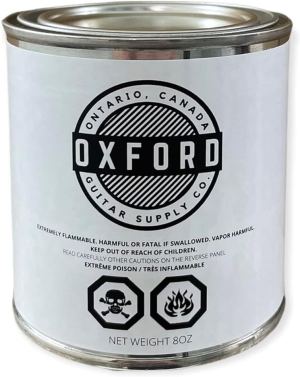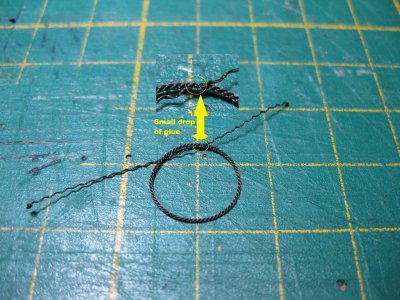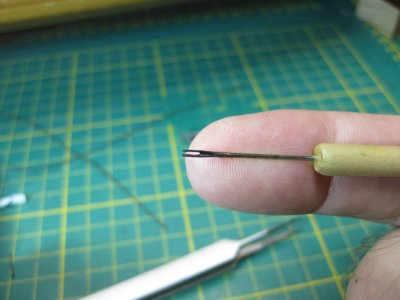- Joined
- Jan 29, 2024
- Messages
- 4
- Points
- 3
Hi guys , what glue do you find best for rigging and block tying ?, I've tried with superglue thin and to be honest I find it either goes everywhere or goes chunky and white ? Am I doing something wrong ? All comments great fully received










